History of Hinges
The history of strap hinges dates back to the antiquity so far that archeologists are not sure about its exact origin. While some historians claim these pieces to be 4000 years old, others deny the fact as they believe them to be even more ancient. In most of the European chapels in cities like Rome, Barcelona and Prague, beautiful strap hinges can be seen on the doors of citadels and chateau dating back to Renaissance and medieval era.
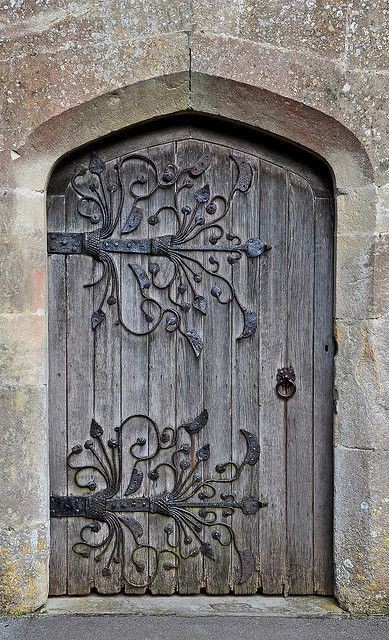
The strap hinges are believed to be developed by the Romans for both domestic as well as commercial purpose. Because these were designed in highly decorative designs something like Fleur de Lis styles, these pieces were considered for upscale lifestyle and also for sacred destinations.
Some of the recently discovered hinges are believed to be designed some 5500 years ago. These are believed to be in existence prior to the Bronze Age.
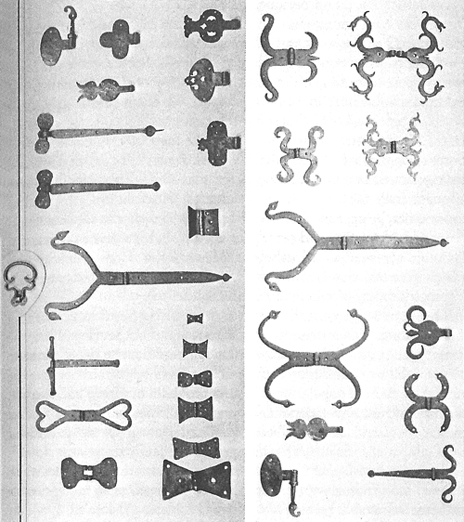
Hinges dating back to ancient era
Some of the most primitive societies of Asia, Africa, Europe etc. give a hint of the existence of these pieces. They would have probably taken roots in the Bronze Age, as the colossal palaces and mammoth gates of Akkadian and Hittite panache were enabled with the bronze strap hinges.
During this era, the metal was a recent discovery and metal hinges were thus quite expensive. The emperors chose metal hinges for their forts, so as to showcase their power and wealth, while it was a dream for the common man to acquire one such item for his doors.
This was one of the major reasons, the iron hinges were mostly seen in chapels and fortifications as only the affluent people could afford such expensive decorative pieces.
The gate hinges were considered nothing less than any exclusive piece of jewelry, but with the gradual progress in metallurgy, various forms of alloys were invented like brass and steel, leading to affordable pivots in the market.
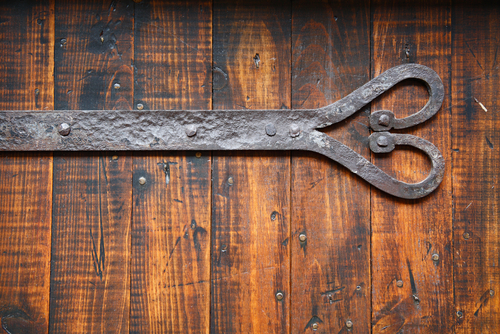
Middle Ages
Metal greatly evolved during this period, thereby increasing the production of such hardware pieces. In this age, people were seen using hinged doors as local blacksmiths were now able to easily create wrought iron hinges. This time, the focus was only made on designs; the more beautiful a design was, the more costlier it was.
This is the reason, we can still see some impressive ornamental hinges in historical landmarks such as Gran Via de les Corts Catalanes, Carrer Minerva, Carrer Minerva and Ronda Universitat of Barcelona (below image)
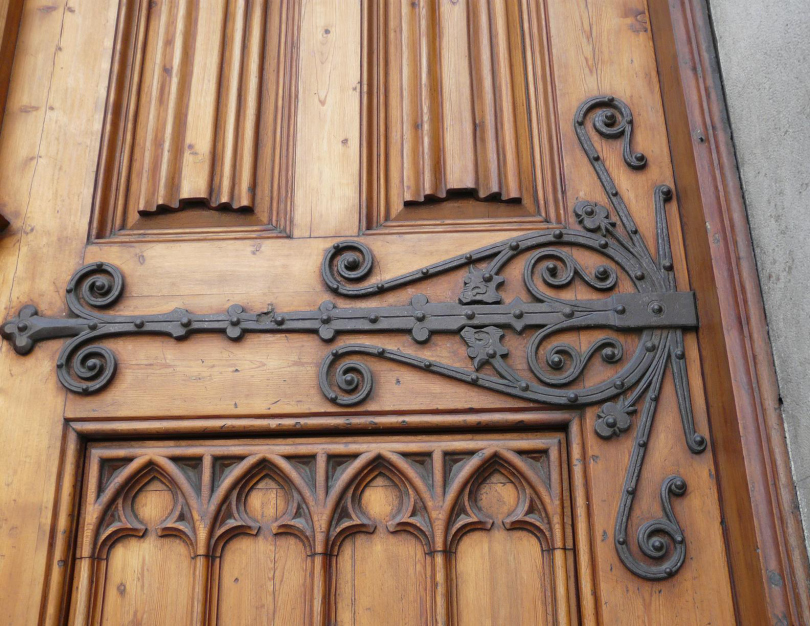
The ornamental wrought iron hinges enhance the look of these massive oak doors, giving a royal and aesthetical look.
The classic drawbridge is one of the best examples. Such kind of passage had two important features: it was strong enough to withstand heavy loads when lowered and was durable enough to resist breach attempts by external forces. Those features demanded the use of tough barge and sturdy wrought iron hinges.
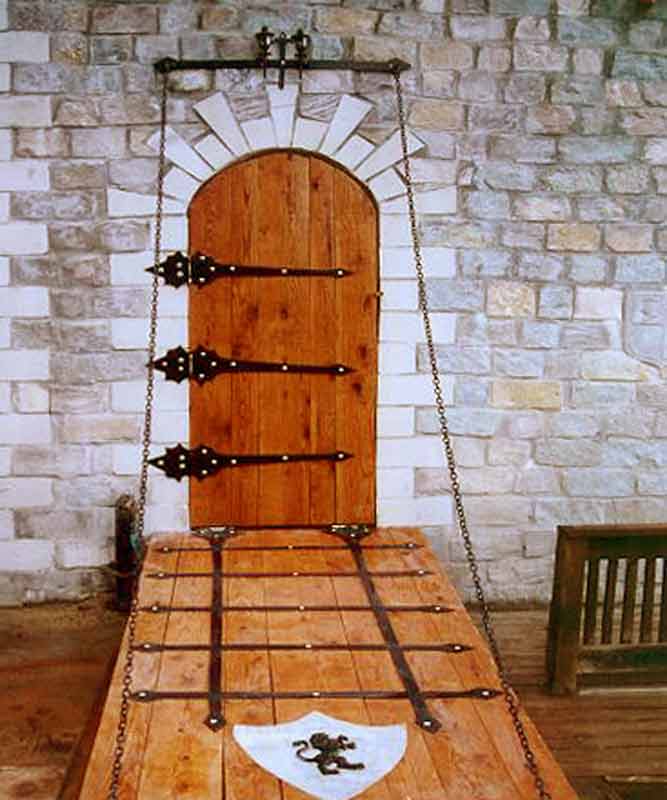
These doors were also designed to occupy hinged weapons, so as to tackle any foreign invasions. The Persians were the first to develop a type of hinged trebuchet, which was regarded as one of the most deadliest hinged weapons in those days.
Victorian Era
This is the most loved of all the periods which witnessed the evolution of strap hinges. When industrialization and steam engine were in full swing, the metal hinges also carved its way into beautification. In this era, design and style were given much emphasis.
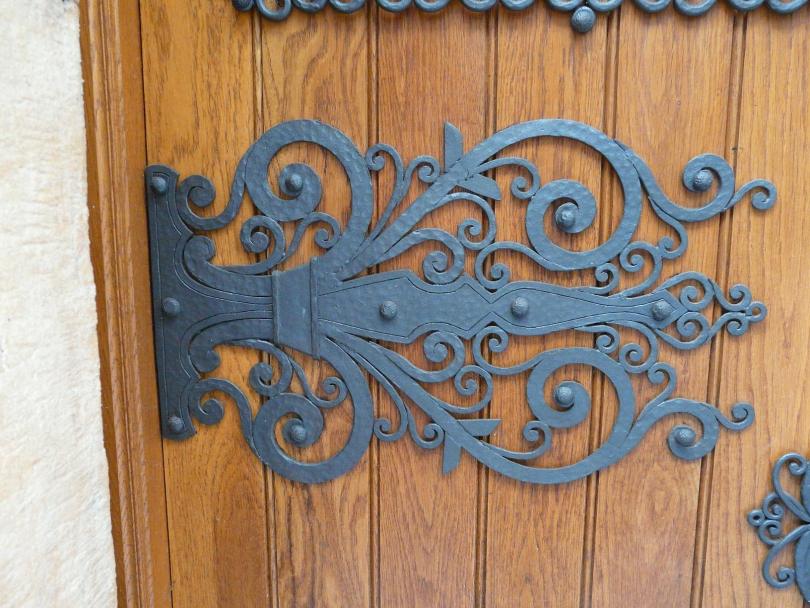
Home renovators, who are extremely fond of vintage items, prefer Victorian pieces because of their elegant design and superb finish. The 19th century witnessed the major success of these metal pieces as various innovations were launched, including hinges with ball bearings for smoother opening, and hinges with neat finishes. Although these pieces had successfully entered the daily life, but their evolution was far from over.
21st century
Today, the strap hinges are highly evolved to render optimum usability and beauty. These items now feature corrosion resistance characteristic, which can efficiently protect these pieces from salty atmosphere.
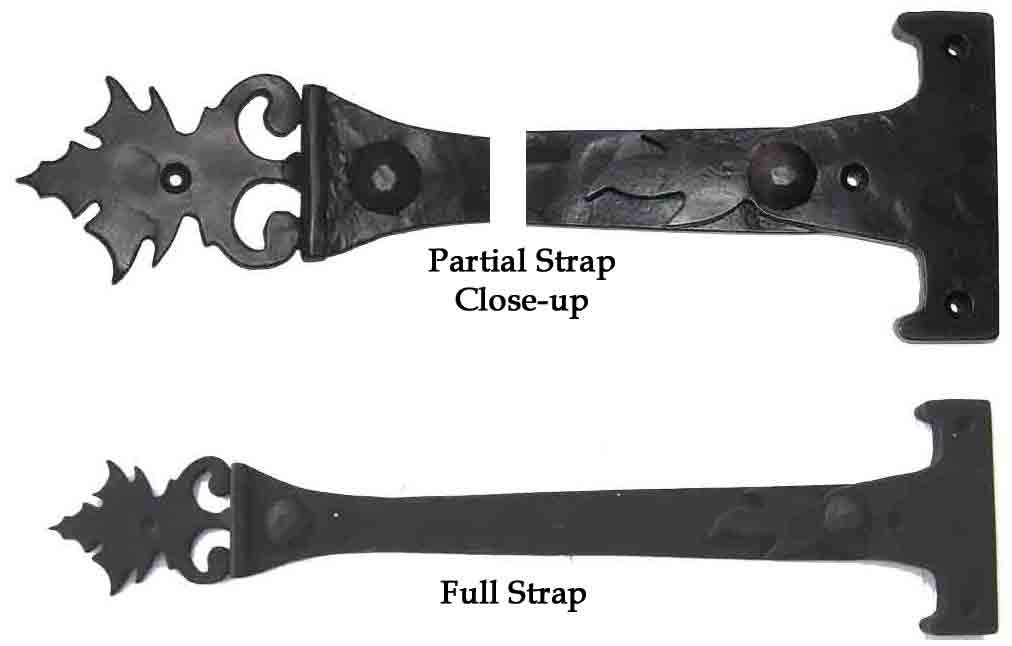
And with the advent of online marketing, people can now easily access their desirable items from anywhere and anytime.
Leave a Reply